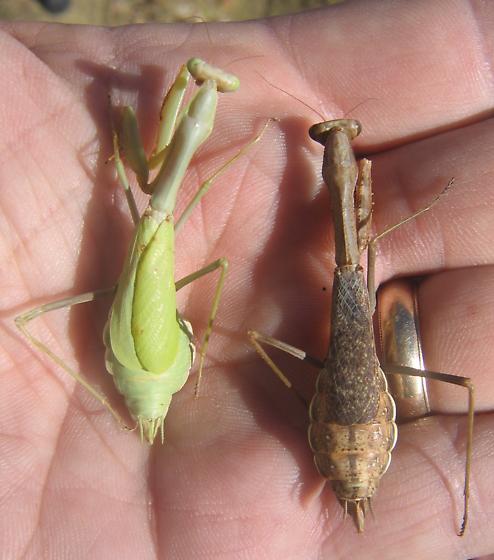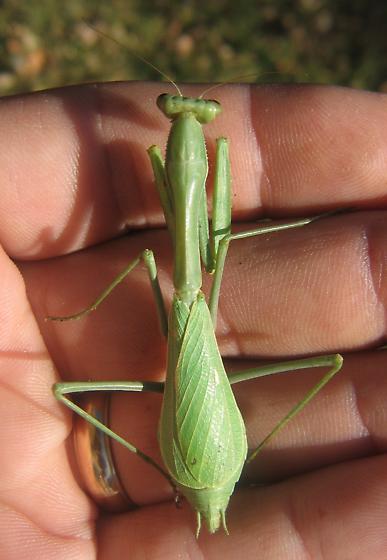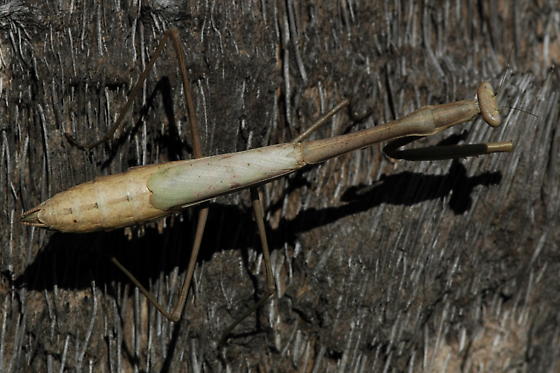MantidLord
Well-known member
Hi everyone, here are some pics taken of Mantis religiosa found here in upstate New York. As stated in an older thread, these euros are really smaller than what I'm used to. I mean, I've never dealt with Stagmomantis sp, but they are the same size. Anyway, here ya go. The better pictures were taken by my friend.
Before I begin, here's an ambush bug, never saw these guys on the west coast, these things are pretty cool.
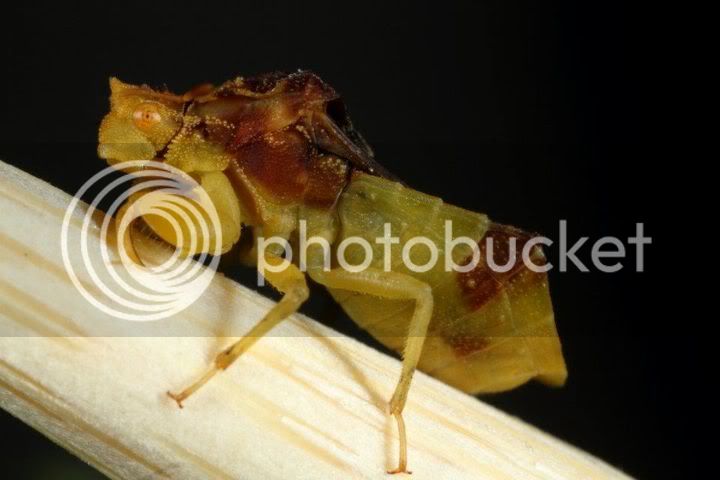
M. religiosa male
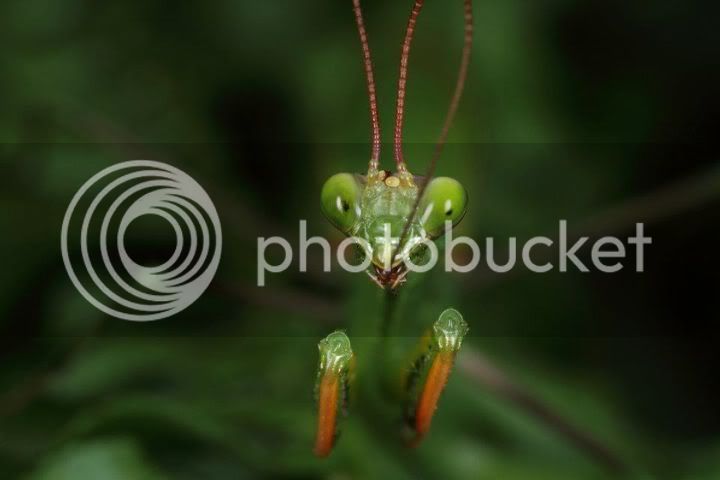
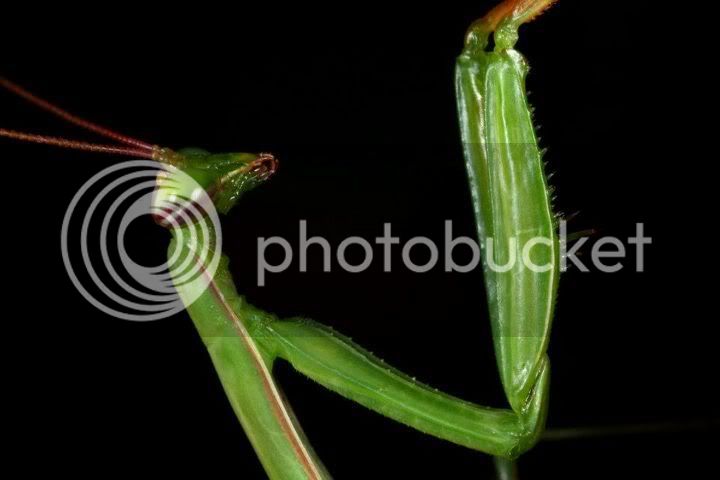
Female
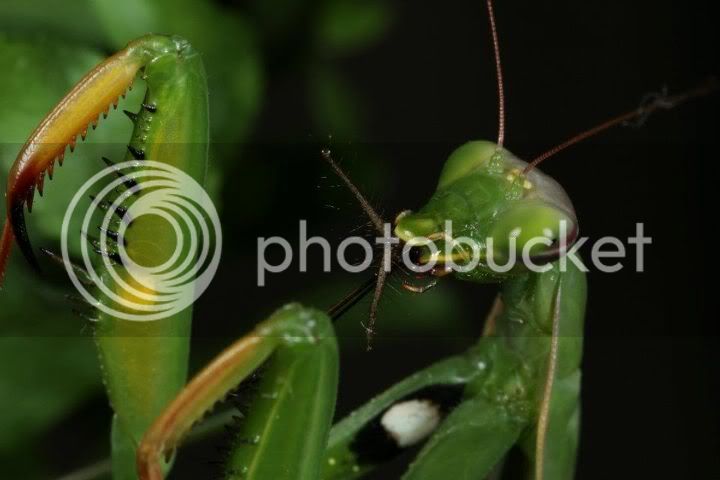
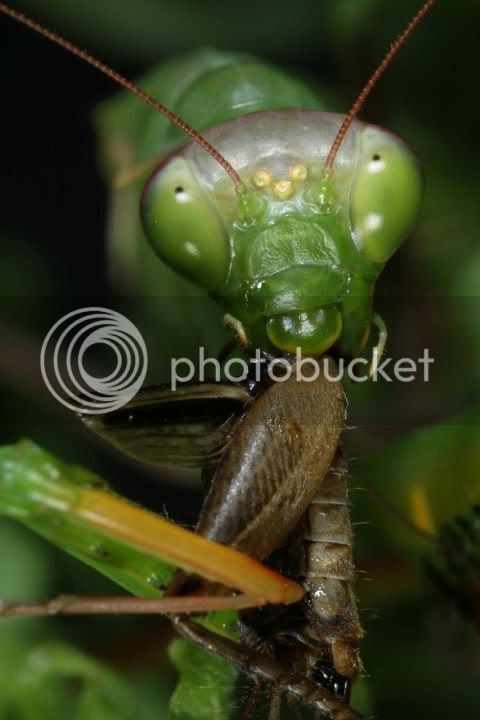
Iphone pics
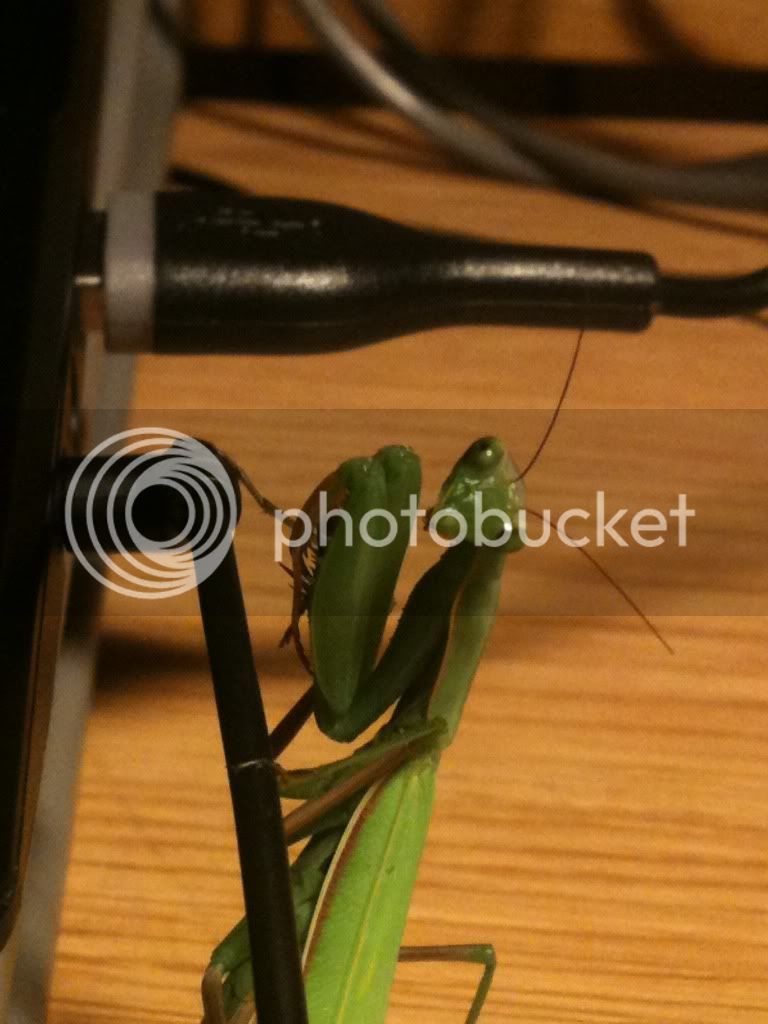
Funny pic
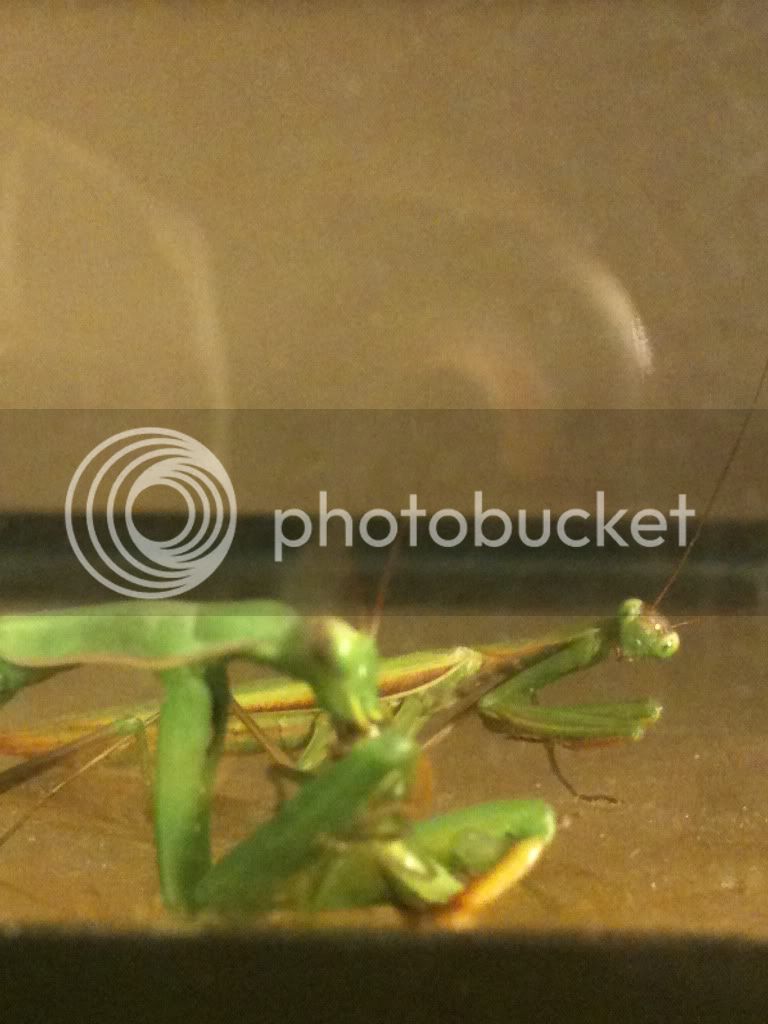
Stagmomantis sp found in New Jersey


Anyone know what these guys are? I figured carolina, but the wings are different I think. Here ya go:
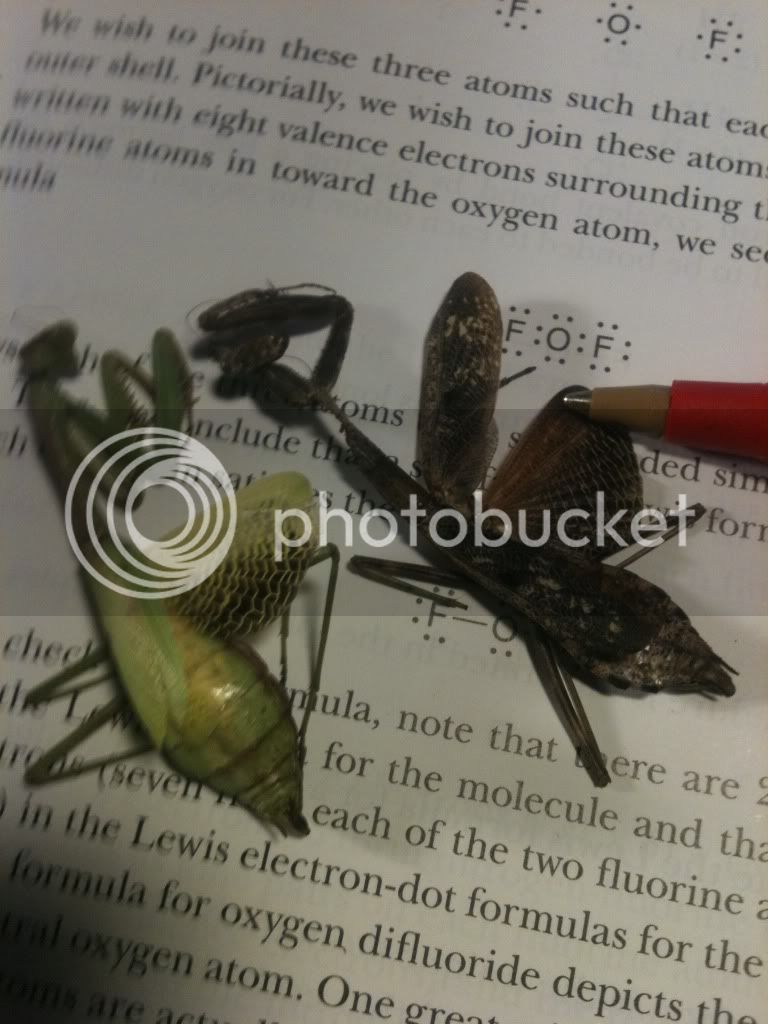
Thanks!
Before I begin, here's an ambush bug, never saw these guys on the west coast, these things are pretty cool.

M. religiosa male


Female


Iphone pics

Funny pic

Stagmomantis sp found in New Jersey


Anyone know what these guys are? I figured carolina, but the wings are different I think. Here ya go:

Thanks!













































